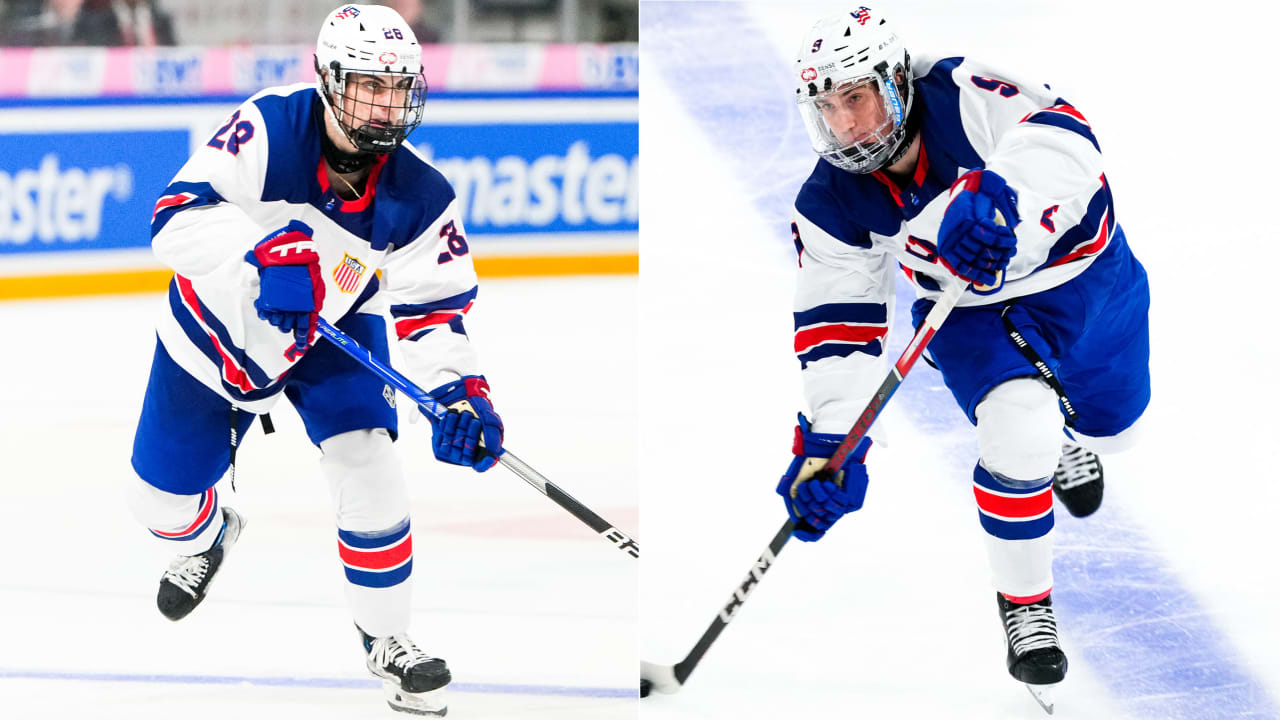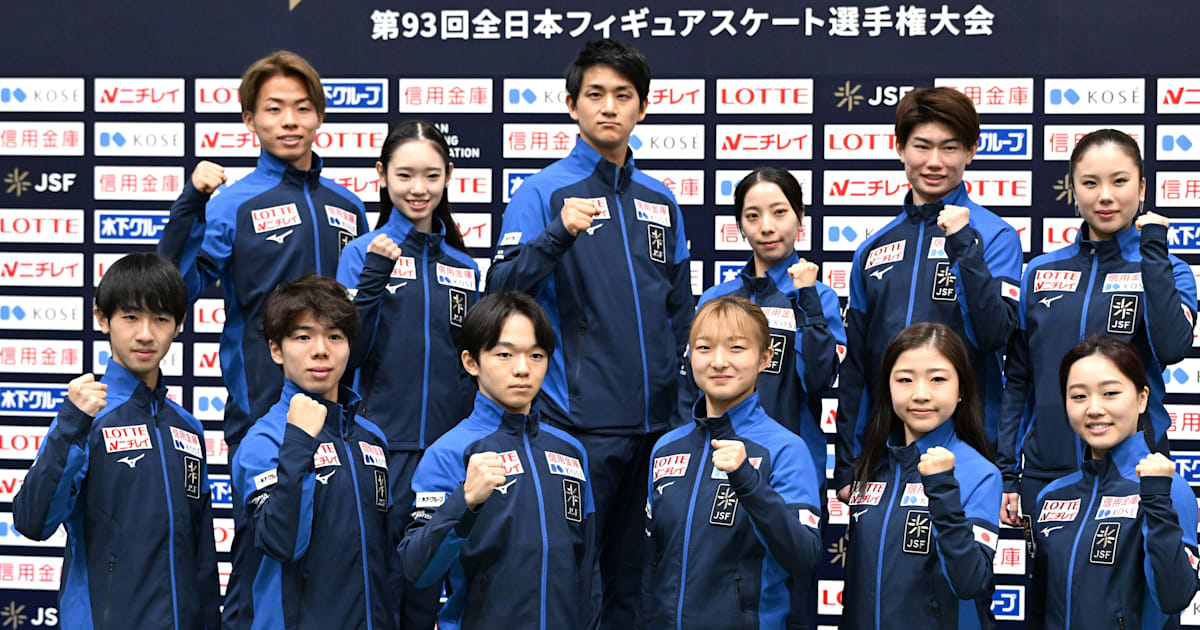Fitness
‘The Wall is back’: how Courtois won Champions League final fitness race

The day Thibaut Courtois sustained the injury that might have ended his season before it had begun, he arrived home, bandage covering the whole of his left leg, slowly got out of his car and told the friend waiting there for him: “I’m going to win the Champions League; there’s still time.” Nine months and a second torn ligament later, this time in the other knee, after seemingly endless hours of work, the pain and the fear, and with the help of surgeons, physios and the goalkeeper who took Real Madrid there in his absence, he actually could. And with that, he has won already.
It was 10 August, a morning when, according to his wife, Mishel Gerzig, something just didn’t feel quite right, and two days before Real Madrid’s opening game away at Athletic. In training at Valdebebas, Courtois had pushed out a shot and as he went towards the ball dropping near Rodrygo, something went. Falling to the turf, the screams were unlike anything his teammates had heard, as if a child was sobbing. They knew immediately something was seriously wrong and the diagnosis confirmed it: he had torn the anterior cruciate ligament in his left knee. His season, he was initially told, was virtually over.
“You never expect anything like this,” Courtois wrote that evening. “Now it’s time to accept it and do everything and come back stronger.” The prognosis was not made public but, after an operation carried out by the surgeon Dr Manuel Leyes in Madrid on 17 August, it was anticipated that it would take eight or nine months before he could play again. And even then, it was unlikely that he would be fully fit, let alone at his best; some players are never quite the same.
There were no set dates, and there would be a major setback, but the calculations just about gave him the margin to make it; he and his back-up Andriy Lunin did the rest.
“I cried in August because the cruciate is the worst thing that can happen to you but from the start my idea was to be positive, never give up, push the limits,” Courtois said this week. “Lots of people thought my season had ended but I knew it hadn’t.”
He was not out of a knee brace when he began training again, working on mobility and reactions, sitting on a crash mat, “diving” from the hip up. When you are injured there is not more rest, there is less; the plan is proactive rather than reactive, boundaries pushed all the time. If the training was sometimes virtual, computer-generated shots to save, the pain was real. He was at Valdebebas every morning, working with Davide Violati, the first-team physio, and his staff. Five hours daily in double sessions, sometimes more.
From the gym, he could see his teammates on the training pitch. “That can be hard mentally, but he’s a rock,” a friend says. Day by day, week by week, he got a little closer. And, after Madrid faced Osasuna on 16 March, Carlo Ancelotti said the plan was for Courtois to take part in Madrid’s next game, against Athletic. On 19 March, with most of the goalkeeper’s teammates away on international duty, Courtois got up from making another save in training and, in the quiet of Valdebebas, heard a crack in his right knee.
All that for this.
“Courtois says goodbye to the season … again,” the headlines said. In part, it was a product of protecting his bad knee, of mechanics and mentality. He left Valdebebas in tears, the impact devastating, everything falling down around him. But it didn’t last long: the second injury was bad enough but not as serious as the first. This time it was the meniscus rather than the cruciate; it was also an issue he had already had, one that had forced him to miss three months during his spell at Chelsea. Back then, surgeons had sutured the ligament; as those stitches loosen over time, the ligament becomes vulnerable.
This time, there were two options: fix it or remove it. The former would mean being out for 12 weeks, the latter for six. They took it out, but this was as much a clean-up job as anything. The issue was the timing. “With the first injury, I knew I would be able to play by May; with the second, I was not so sure I would get a game,” Courtois told RMTV. “In the end, there have been four of them and I feel very good; I’m a very happy man. My personal victory is having played those four and being available for the final.”
The first came against Cádiz on 4 May, four days before the Champions League semi-final second leg against Bayern Munich, 322 days since his last game. In the opening minutes the visitors’ striker Chris Ramos escaped, running free from the halfway line. As Ramos reached the area, Courtois opened his body and blocked the shot, the place erupting, an almost childish enthusiasm in the way he ran to collect the loose ball. “That day I had the same stress, the same nerves as the [2022 Champions League] final in Paris,” he said. “There was the uncertainty, knowing that in a corner, a throw-in … you can’t train the same as a game. But with that one-on-one, you gain confidence, you say: ‘I’m here’.”
Madrid were there too. In Courtois’ absence, Lunin had become an unexpected hero, the man who gave him the chance of ending this season against Borussia Dortmund at Wembley in Saturday’s Champions League final.
Courtois had been back in hospital watching on his phone when Lunin became the star of the quarter-final second leg at Manchester City – his daughter had broken an arm – but he had attended home games all season and had seen the Ukrainian emerge as an unexpected success. When Courtois had first got injured, Madrid made the emergency signing of Kepa Arrizabalaga. But Lunin eventually became the undisputed first choice, starting every game since late January, and he kept his place for the semi-final. Courtois was a sub.
after newsletter promotion
Now, thanks not least to Lunin, there was a target: London, 1 June. There was not much time but there was just about enough, and games left in which to see whether he was truly ready. The same was true for Éder Militão, who had torn his cruciate 50 minutes into the opening game of the season. The league title sewn up without them, there was opportunity too, no risk. “He and Éder need minutes,” Ancelotti said.
Three days after the second leg, Courtois played 90 minutes against Granada. Then 90 more three more days later: that night, Alavés went to the Santiago Bernabéu and rattled off 18 shots, 10 of them on target, which was the best thing that could have happened to Madrid. None of their goalkeepers had faced as many shots on target since Iker Casillas in 2007-08 and, if not all the saves were outstanding, Courtois stopped every one of them. “I needed a game like this,” he said. “I’m the same Courtois as before, or even better.” The headline in AS cheered: “The Wall is back.”
That was followed by another start against Betis on the final day of the league season, in which Courtois played 63 minutes. He went off early to allow Kepa to bid farewell to the Bernabéu but not before making an extraordinary save low to his left. He had played four of the last five games of the season, a total of 333 minutes, and kept four clean sheets, saving all 17 shots on target. In the match he didn’t play, Madrid drew 4-4 at Villarreal. That may seem normal enough but consider this: Militão, returning from the same injury, has not looked right at all and will not start in London.
“I’ve shown in the games I have played – against Alavés and the two saves against Betis – that I’ve not lost my agility or my physical condition,” Courtois said. “I might even be stronger. Two or three months ago I couldn’t have imagined it, but I’m 100% and at the manager’s disposal, here to help the team. When you get injured you always have to prove on the pitch that you’re the same as before, and you have to work hard for that. We’ve done that. Now I’m happy, quick, moving well. I’m training well, I feel good. There’s no doubt.”
Almost none, and certainly not when it comes to the coach. As for the public and media debate, that has subsided: almost forgotten but not disappeared entirely. Because there was always a moral dimension to it, a feeling that Lunin had earned the right to play the final; he was the one who had got them to Wembley, after all. Could you really take that opportunity from him after all he had done?
In short, yes. In short, it is simple. Not least because that question can be turned on its head: can you take this opportunity from Courtois after all he has done too? And above all because Courtois is still, well, Courtois. That much has been demonstrated during the four games he played precisely so that he could play a fifth, even though the fact that there is a fifth owes much to Lunin.
“It’s a difficult decision and both deserve to play,” Ancelotti said on Monday. “One will play. And one will be on the bench. But I like listening to the debate so this week, as I don’t have much to do, I’m not going to tell you who.” Yet the manager’s mind is made up. It has been for a while; he, like Courtois, has looked forward to this, been working towards it. Before the Alavés game, Ancelotti had told journalists: “I’m thinking what you’re thinking: that Lunin has helped us a lot and we have to take that into account. Just as we have to take into account the fact that the best goalkeeper in the world is coming back.”
Just in time, just like he knew he would.










